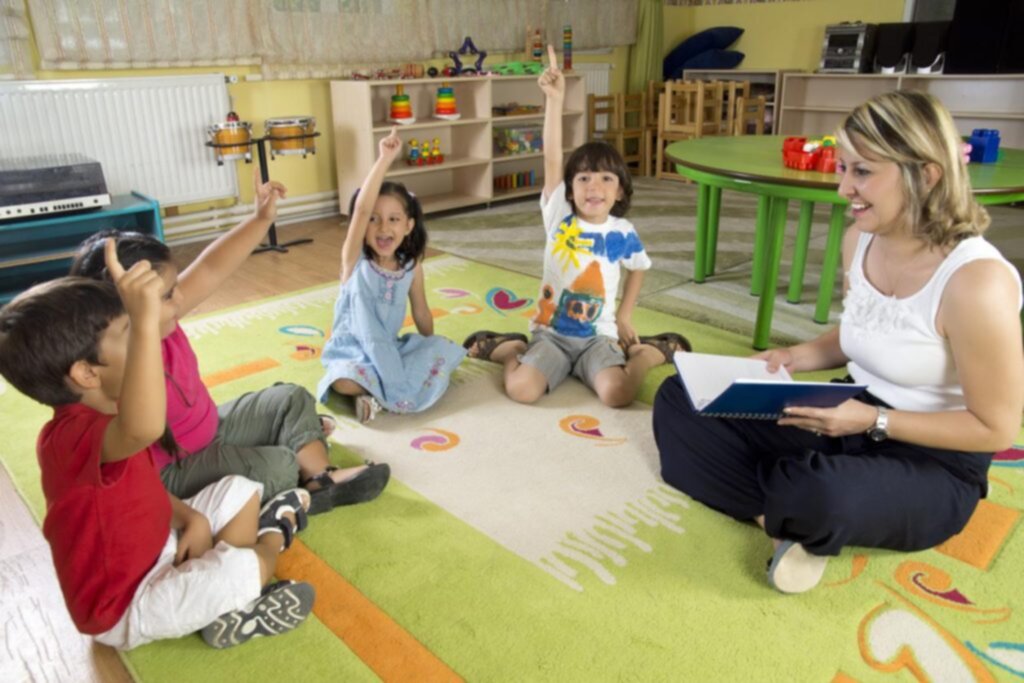
In today’s diverse world, being culturally responsive is a critical and necessary feature of a quality education. But what does it mean to be culturally responsive?
According to the National Center for Culturally Responsive Educational Systems (NCCREST), “cultural responsiveness is the ability to learn from and relate respectfully with people of your own culture as well as those from other cultures.” Now we can begin to spell out how to develop and sustain a culturally responsive school environment.
One of the most effective ways to bring cultural responsiveness into the school environment is to train teachers to be prepared for a diverse classroom and diverse families. In many ways, teachers are the facilitators and mediators between the overall school culture and the families and their children who attend the school. They orchestrate a series of social interactions and social contexts on a continuous basis. To do this well, teachers need training in cultural responsiveness.
It starts by making sure that teachers believe in their students and in their desire to learn. A focused effort to understand a student’s cultural context needs to be made when students from different backgrounds arrive at the school. All students want to have a sense of belonging. One way teachers can accomplish this is to be able to learn from and relate respectfully with the students and with their students’ parents.
This also means creating the opportunities and the conditions for academic success for children from diverse backgrounds. By being culturally responsive, that is, being respectful of their backgrounds and home cultures, teachers can reach out to parents in an open way to source the parents’ own well of knowledge. Parents come to the school environment with their own well of cultural knowledge. Teachers need to tap into that knowledge and build a communications exchange that works for both teachers and parents.
A culturally responsive approach also helps teachers realize that one’s culture is central to learning. The way we receive information and process it is culturally based. When teachers recognize that and incorporate that into their work, the classroom experience is enriched. At the same time, it helps to build students’ cultural references into all aspects of learning.
Imagine a spectrum that goes from the home to the classroom. Within that spectrum are the activities of the classroom, what happens on the playground, what books are in the school library, how parent events at the school are organized, and the learning moments in the home itself. The goal for a culturally responsive teacher is to help ensure that every point in the spectrum is not only a learning opportunity but is also culturally responsive.
There is a long-term practical aspect to all this. Culturally responsive teachers and schools play an essential role in career preparation. By creating and sustaining a culturally responsive classroom environment, teachers help students learn to collaborate and communicate with the different cultures and backgrounds found in the 21st century work environment both here in the United States and abroad.
Finally, schools and administrators must take a proactive approach to creating cultural responsiveness by finding teacher training programs and opportunities that highlight a culturally responsive approach. It’s up to you at your school to make a difference and set the tone.
